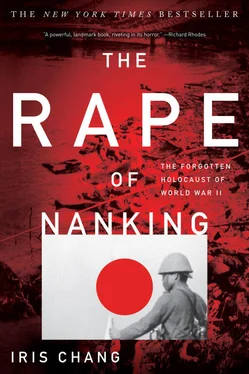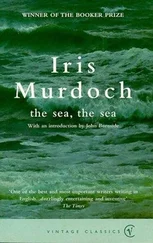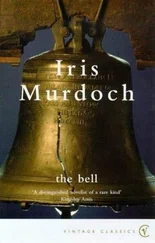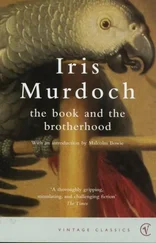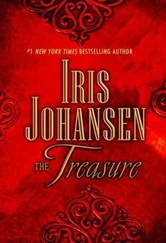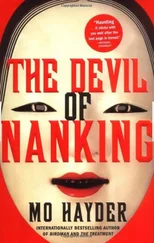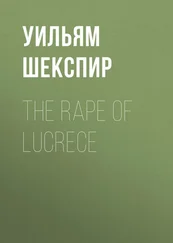51. “I personally feel sorry”: Ibid., pp. 3510–11.
51. “Never before”: Dick Wilson, When Tigers Fight, p. 83.
51. “the Japanese army is probably the most undisciplined army”: Ibid., p. 83.
51. “It is rumored that unlawful acts continue”: Bergamini, Japan’s Imperial Conspiracy, p. 43; IMTFE exhibit no. 2577; “Proceedings” (Canberra), p. 47187.
52. “My men have done something very wrong”: Hidaka Shun-rokuro’s testimony, IMTFE, p. 21448.
52. “Immediately after the memorial services”: Hanayama, p. 186, quoted in Bergamini, p. 41.
52. “The Japanese Expeditionary Force in Central China”: Yoshimi Yoshiaki, “Historical Understandings on the ‘Military Comfort Women’ Issue,” in War Victimization and Japan: International Public Hearing Report (Osaka-shi, Japan: Toho Shuppan, 1993), p. 85.
53. But in 1991 Yoshimi Yoshiaki unearthed: For English-language information on Yoshimi’s discovery in the Defense Agency’s archives, see Journal of Studies of Japanese Aggression Against China (February 1992): 62. The discovery made the front page of the Asahi Shimbun just as Prime Minister Miyazawa Kiichi was visiting Seoul, South Korea, in January 1992.
54. “a black hole”: Theodore Cook, telephone interview with the author.
54. “To this day”: “Some Notes, Comparisons, and Observations by Captain E. H. Watson, USN (Ret) (Former Naval Attaché) After an Absence of Fifteen Years from Japan,” Office of the Chief of Naval Operations, Division of Naval Intelligence, general correspondence, 1929–42, folder P9–2/EF16#23, box 284, record group 38, National Archives.
54. In her book The Chrysanthemum and the Sword: Ruth Benedict, The Chrysanthemum and the Sword: Patterns of Japanese Culture (Boston: Houghton Mifflin, 1946) .
56. “Sub-Lieutenants in Race”: Bergamini, Japan’s Imperial Conspiracy, p. 21. The Osaka newspaper Mainichi Shinbun as well as the Tokyo newspapers Nichi Nichi Shinbun and the Japan Advertiser (English edition) all reported this killing competition.
56. “One day Second Lieutenant Ono said to us”: Quoted in Wilson, When Tigers Fight, p. 80.
57. “All new recruits are like this”: Ibid.
57. “They had evil eyes”: Oral history interview with Tominaga Shozo, in Haruko Taya Cook and Theodore F. Cook, Japan at War: An Oral History (New York: New Press, 1992), p. 40.
58. “loyalty is heavier than a mountain”: Azuma Shiro, undated letter to the author, 1996.
59. “I remember being driven in a truck”: Quoted in Joanna Pitman, “Repentance,” New Republic, February 10, 1992, p. 14.
59. “Few know that soldiers impaled babies”: Ibid.
CHAPTER 3: THE FALL OF NANKING
61. A city long celebrated: For Nanking’s literary and artistic legacy, ancient history, and the treaty to end the Opium Wars, see Encyclopedia Britannica, vol. 24 (1993).
61. And it was in Nanking in 1911: Encyclopedia Americana, vol. 29 (1992).
62. The picture would include the intricately carved stone statues: for Drum Tower history, see Julius Eigner, “The Rise and Fall of Nanking,” National Geographic (February 1938). Eigner’s article, which includes color photographs, provides an excellent description of life in Nanking immediately before the massacre.
62. “like a coiling dragon and a crouching tiger”: Encyclopedia of Asian History, vol. 3 (1988).
62. The first invasion occurred: On the invasions of Nanking, see Julius Eigner, “The Rise and Fall of Nanking,” National Geographic (February 1938): 189; Jonathan Spence, The Search for Modern China (New York: Norton, 1990), pp. 805, 171–74.
63. Vestiges of the old China remained in the streets: Julius Eigner, “The Rise and Fall of Nanking”; Anna Moffet Jarvis, “Letters from China, 1920–1949,” box 103, record group 8, Jarvis Collection, Yale Divinity School Library; interview with Pang Kaiming, a survivor of the Nanking massacre and former ricksha puller, July 29, 1995.
63. Surely, he proclaimed: Rev. John Gillespie Magee, “Nanking Yesterday and Today,” lecture given over the Nanking Broadcasting Station, May 28, 1937, archives of David Magee.
64. In the summer of 1937: Author’s interviews with survivors.
64. “Are they giving us an air-raid practice?”: Chang Siao-sung, letter to friends, October 25, 1937, Ginling correspondence, folder 2738, box 136, series IV, record group 11, UBCHEA, Yale Divinity School Library. The facts in her letter were confirmed by the author in her 1997 telephone interview with Chang Siao-sung, now residing in Waltham, Massachusetts.
65. Frank Xing, now a practitioner of Oriental medicine: Frank Xing, interview with the author, San Francisco, January 28,1997.
65. My own grandparents nearly separated forever: Interviews with my maternal grandmother, Yi-Pei Chang, my mother, Ying-Ying Chang, and my aunt, Ling-Ling Chang, May 25, 1996, in New York City.
67. Long files of Chinese soldiers: For descriptions of Nanking as the fighting continued in Shanghai in November, see Commanding Officer J. J. Hughes to Commander in Chief, U.S. Asiatic Fleet (letterhead marked “Yangtze Patrol, U.S.S. Panay ”), November 8, 1937, intelligence summary for week ending November 7, 1937, Office of the Chief of Naval Operations, Division of Naval Intelligence, general correspondence, 1929–42, folder A8–2/FS#2, box 194, entry 81, record group 38, National Archives.
67. More than two hundred thousand Japanese troops: 793.94/11378A, general records of the Department of State, record group 59, National Archives; Yin and Young, The Rape of Nanking, p. 9.
67. Neither really trusted the other: Sun Zhaiwei, 1937 Nanjing Beige (1937: The Tragic Ballad of Nanking) (Taipei: Shenzi Chubanshe, 1995), pp. 31–32.
68. “Either I stay or you stay”: Ibid., pp. 27–31.
68. Before reporters he delivered a rousing speech: 106/5353, January 2, 1938, Papers of the British War Office in the Public Record Office, Kew, London; Sun Zhaiwei, 1937 Nanjing Beige, p. 33.
68. “dazed if not doped”: Harries and Harries, Soldiers of the Sun, p. 219.
68. He sweated so profusely: Sun Zhaiwei, 1937 Nanjing Beige, p. 33.
69. First Chiang ordered most government officials to move: Commander E. J. Marquart to Commander in Chief, U.S. Asiatic Fleet (letterhead marked “Yangtze Patrol, U.S.S. Luzon [Flagship]”), November 22, 1937, intelligence summary for week ending November 21, 1937, Office of the Chief of Naval Operations, Division of Naval Intelligence, general correspondence, 1929–42, folder A8–2/FS#2, box 194, entry 81, record group 38, National Archives.
69. Within days official-looking cars packed with luggage: Minnie Vautrin, diary 1937–40, November 16 and 19, December 4, 1937, pp. 71–72, 94–95, Yale Divinity School Library.
69. And then, in mid-November, fifty thousand Chinese troops: Ibid., November 17, 1937, p. 72.
69. Arriving from upriver ports: Commanding Officer J. J. Hughes to Commander in Chief, U.S. Asiatic Fleet (letterhead marked “Yangtze Patrol, U.S.S. Panay ”), November 29, 1937, intelligence summary for week ending November 28, 1937, Office of the Chief of Naval Operations, Division of Naval Intelligence, general correspondence, 1929–42, folder A8–2/FS, box 194, entry 81, record group 38, National Archives.
Читать дальше
